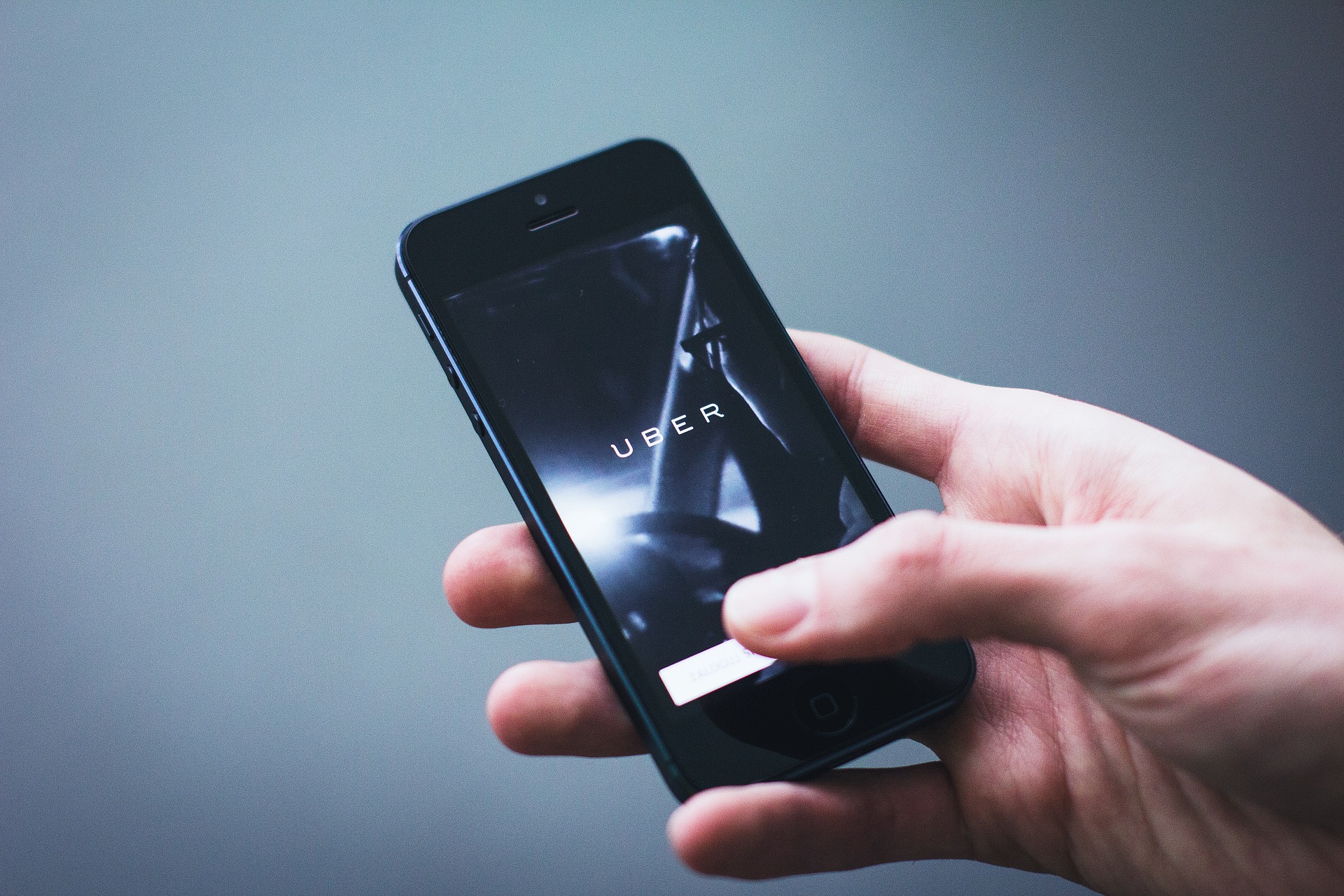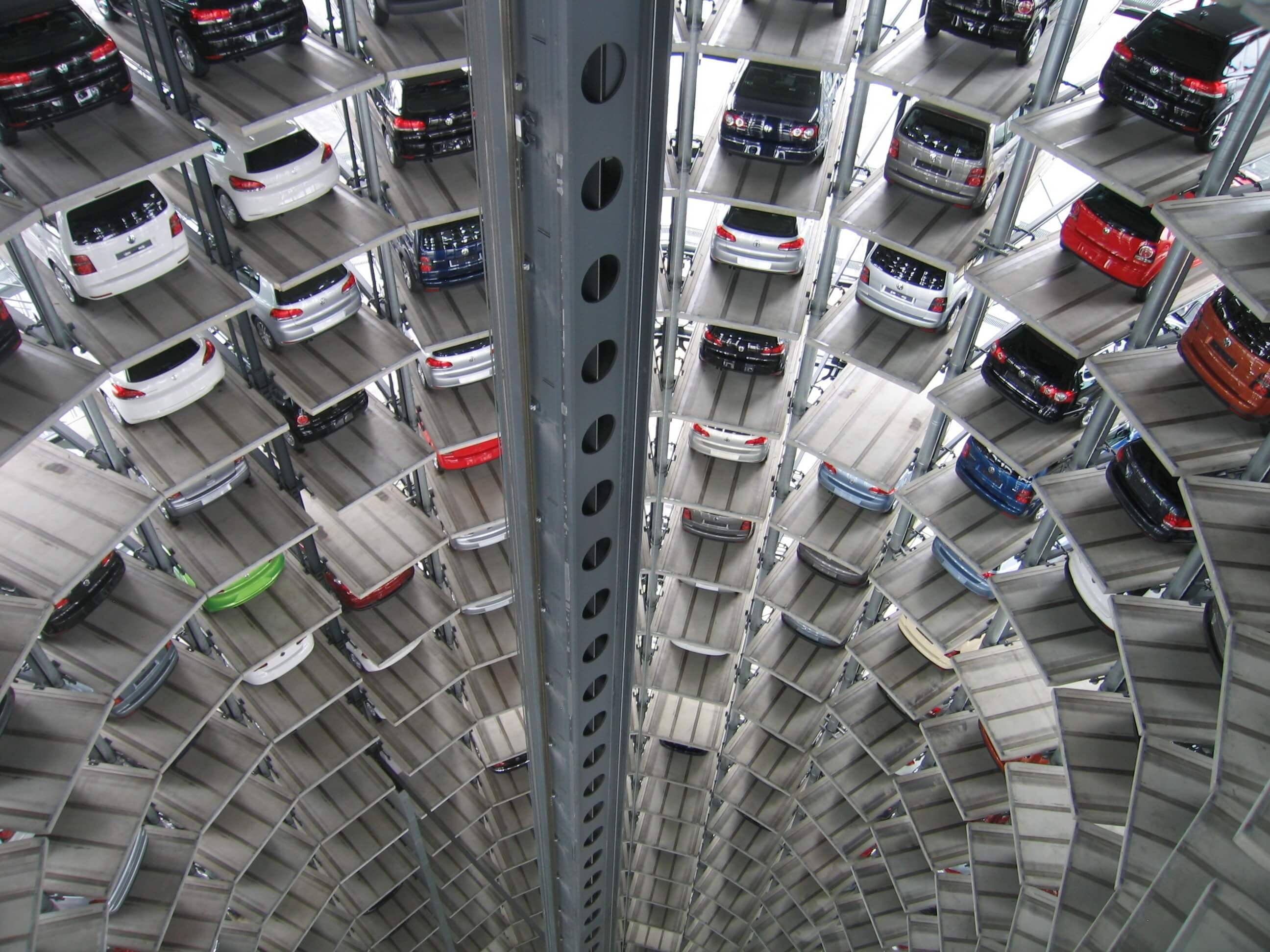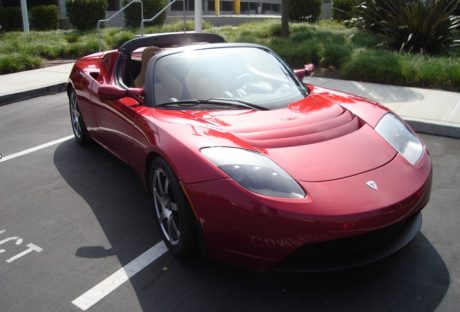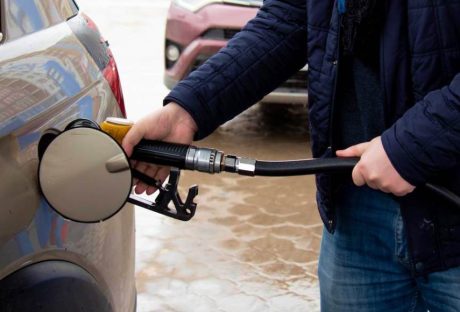Are you in need of a ride? Instead of calling a random taxi, why not call an Uber? You need to know some basics on lyft vs uber.
Everyone knows Uber nowadays. Ridesharing grew from being a dream to a tangible service. 30% of people in the United States used ridesharing apps to book rides to reach places.
This time, there are two companies in a clash on who comes on top. Should you go with Lyft vs. Uber? Which one offers better service or lower prices?
Here is the difference between Lyft and Uber(or lyft vs uber):
1. Lyft vs Uber: The Overview:
In case you are unaware of what these two are, Uber and Lyft are companies that brought about the ridesharing service into the market. They both offer means of providing rides for the public and they both use smartphones as the primary mode of access.
First, the customer hails a ride through the use of a phone app. Customers use the app to set up their current location as the starting point and then their destination.
Nearby drivers licensed with the app can then see the new customer. It will then be a matter of time until one driver decides to agree and pick up the rider. This makes the process of getting a means of transport easier no matter where you are or what time it’s.
For riders, you simply need the app. If you want to learn how to join as Lyft or Uber drivers, you need to secure a CPC certification first.
Thinking between Lyft vs. Uber? Not sure of the benefits of each or how much they cost? Let’s start the comparison now and see which company is better.
2. Pricing:
First, let’s look at the Uber vs Lyft price comparison. Despite the similarity in services, they charge the customers with different rates and fare calculations.
For Uber, you simply add the base fare price, the cost per minute, and the distance of your ride. The final charge also includes the cost for the vehicle class you chose and the demand for rideshares in your location.
During times where the demand is at the peak, Uber implements “surge pricing.” This adds a multiplier to the ride price. While the ride prices vary due to these factors, the app allows customers to estimate their fares ahead of time.
Lyft starts on a similar foothold. It calculates the fare according to the distance, the time elapsed, location, vehicle class, and the base fare. Like Uber, Lyft adds in a “prime time” charge when you hail a ride during peak hours.
The base fare is where the discrepancies fall in. Uber is more affordable when compared to Lyft. That said, Lyft can show the exact amount customers will pay. Uber only shows an estimated amount.
For this, Lyft becomes the preferred choice for ridesharing during peak hours. This is due to having a cheaper offer with their prices compared to Uber.
3. Technology and Smartphone Apps:
Both Lyft and Uber(lyft vs uber) are using similar smartphone apps when it comes to the purpose of booking rides. The apps pick up the addresses of the trip end-points, track the vehicle via GPS, provide shorter routes during navigation, and it also accepts electronic payment and ratings.
Uber took about two years to develop its smartphone app. While Lyft developed theirs after the initial company launch.
Uber manages to provide a real-time update of cost. This is a helpful feature in noting the traffic congestion and wait time, especially when these are factors that lead to higher trip costs. In comparison, Lyft is rather subtle and a bit secretive about peak hour pricing.
However, when it comes to the phones used for work, Uber drivers end incurring a $10 weekly cost to use the pre-supplied phones. Lyft, on the other hand, allows you to load the app on a personal phone to do the work.
4. Vehicles in Use:
The vehicle class is one aspect that can shape your experience when taking a ride from any of these two companies. However, it boils down on the options that they provide.
For Lyft, they have a default option where you have an everyday sedan with room for four passengers. Then there is Lyft Line where riders share the same rides if they’re on the same route.
You also have Lift Plus, a step up to the regular Lyft as it has room for six passengers. If you’re looking for a luxury ride then you can avail of Lyft Premier.
For Uber, there are various options available as well.
UberPOOL is a carpool service for multiple passengers. UberX is a budget option that provides a vehicle with room for up to four passengers. UberXL steps this up by using an SUV with seating that can fit up to six people.
Then there’s UberSELECT, offering a four-door luxury sedan with seating for 4 passengers. UberBLACK is the main service that Uber offers, featuring high-end luxury vehicles with four-passenger seating. UberSUV, the most expensive offering so far, has a high-end SUV with a six-passenger seating.
Uber leans towards businesspeople. Thus, drivers are more professional and concise. And they are there to make sure you reach your destination.
Lyft drivers are more open to conversation. They may also have a creative approach to the ride, making it livelier.
Depending on the feel that you want for the trip, this should give you a clear answer. For a professional drive, Uber is a great choice. If you want something a bit more fun and casual, Lyft is perfect.
5. Coverage Areas:
Now, with areas of availability, there is a clear distinction between the two. Lyft is available in 46 states within the US and Canada. Despite the number, the company is on aggressive expansion. So this might change sometime soon.
Meanwhile, Uber is available in 58 countries and 300 cities worldwide. It shows the scope of how huge Uber is, compared to Lyft, Uber having the upper hand.
Get Started with Ridesharing Today!
Choosing between Lyft vs Uber comes down to budget and preference.
When it comes to picking which one is better, both sides show their strengths and weaknesses. It boils down to the feel of the trip as you ride, the costs, and even the available vehicles. Whichever you choose, it’s clear that both companies have started a trend that will continue for years to come. Therefore, now you know the basics on lyft vs uber.
Did you find this post useful?
We have several posts covering a wide range of topics that you can check out. You can start by checking this one out on the top apps that can help you manage your finances.
Read Also:























